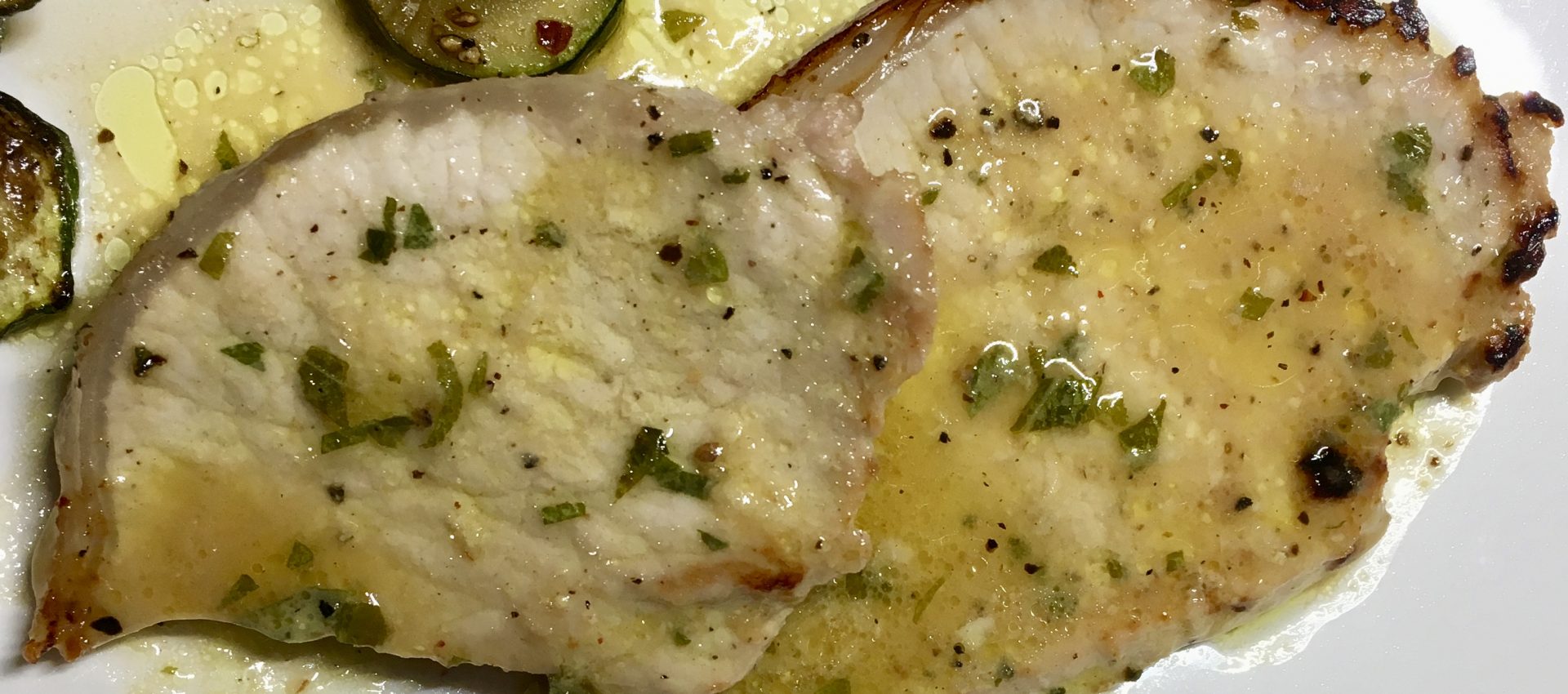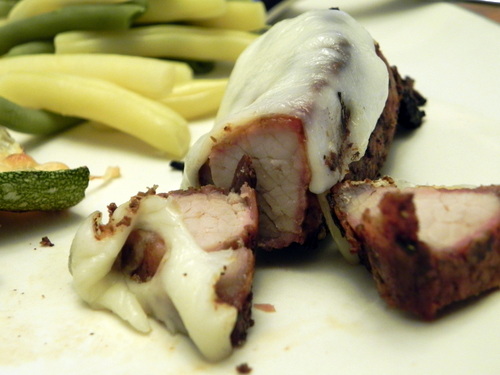

That said, honey mustard would probably work just fine for today’s recipe if that’s all you’ve got on hand, since honey mustard is simply mild yellow mustard mixed with honey – ideally at a one-to-one ratio.ģ) The Oil – Olive Oil or Vegetable Oil? The rule of thumb when deciding which to use when is as follows – olive oil gives far superior flavor and health benefits, but ‘only’ when used raw or when cooking at lower temperatures of no more than 350 degrees Fahrenheit, or when barbecuing over ‘gentle’ flames. This gives Dijon a flavor that is almost as ‘spicy’ and ‘pungent’ as many deli-style mustards, and so I would steer clear of Dijon for today’s sauce. Dijon is typically a mix of brown mustard seeds and white wine, although some brands will use black mustard seeds. Trust me…or don’t, and if you don’t please let me know in the comments below how it turned out, I love hearing from you!īut what about Honey and Dijon Mustard? Most Dijon mustard is not actually made in Dijon, France, and hasn’t been for quite some time. Now, while I love whole-grain mustard as much as the next gourmet, it would simply be overpowering in today’s recipe, and would take away from, or even mask, the other flavors in today’s honey mustard sauce. On the opposite end of the ‘ingredient spectrum’ we have ‘whole grain mustard,’ which is even spicier and more heavily textured than deli-style mustard, except that ‘all’ of its pungency and heat comes from its blissfully powerful concentration of ‘mustard’ – there are no other ingredients.

Simply put, we don’t want these extra flavors in today’s sauce. This type of mustard is often called ‘deli style’ since delis often pair this mustard with ‘hardy’ meats like pastrami, sausage, and salami – where you need a hardier, spicier mustard to stand up to the meat it’s being slathered on. To start off, spicy brown mustard varies wildly in quality and composition by brand, while utilizing a variety of ingredients to achieve its signature ‘spiciness,’ such as ginger, nutmeg, cinnamon, paprika, ground peppercorn, chili powder, and coarsely ground mustard seed. Steer clear of both spicy brown and whole grain mustards. Yellow mustard, plain yellow mustard, is what you want for today’s recipe – and there are a couple of reasons for this. However, this is not an exact substitution, as oregano has a flavor that’s markedly less ‘bright,’ as well as somewhat more ‘herbal,’ whereas basil is simply ‘fresher’ on the palate.Ģ) The Mustard Matters. Substitutions: Fresh oregano at a one to one ratio. Since today’s sauce is meant to be ‘light’ and ‘fresh’ on the palate, fresh basil is the way to go.
MUSTARD MARINADE FOR PORK CHOPS FULL
Furthermore, fresh basil has powerful aromatics that are reminiscent of a bright summer garden in full bloom, whereas dried basil boasts an earthier, vaguely ‘darker’ herbal aromatic profile. I’m using fresh basil today to achieve a ‘bright licorice’ or ‘anise-like’ flavor – but both of these flavors are entirely absent in dried basil, where a slightly ‘mintier’ flavor dominates. As with most herbs, fresh basil and its dried counterpart are ‘usually’ but not always safe substitutions for one another. Ingredient Notes, Tips, and Substitutionsġ) Fresh Basil vs Dried – and possible substitutions. Also, they’re exceptionally versatile, pairing great with flatbreads, steaks, or even just on their own. I’ll be honest and admit that I put these together just as garnish…but after tasting them, they become my favorite part of today’s recipe. Honestly, while I loved today’s pork, the grilled avocados ‘kind of’ stole the show. The mustard sauce goes great on today’s pork, but is a great recipe unto itself, since it’s delicious on salads or drizzled onto meaty sandwiches, or even just used as a dipping sauce.Ģ) The Grilled Avocados.


 0 kommentar(er)
0 kommentar(er)
